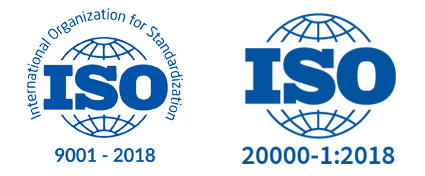Communication in the Offshore Software Development
Even if your team had the unlimited resources and time to perform software testing – it is still going to be stressful.
Add in ever-tightening timelines, the realities of working remotely, and stressful workloads, and test management gets extra dicey – even for professional testers.
In other words, no matter how you look at it, managing software testing in a remote environment can be challenging. Fortunately, with the right strategies in place, testing can still be efficient, effective, and deliver the feedback that QA managers need to hit the mark with end users.
Here are the best practices the Mcbird team has pulled together that we wanted to share to take your testing to the next level:
Ensure Clear Communication Channels
Establish clear and reliable communication channels among the testing team.
Whether it is Slack, Discord, or instant messaging, video conferencing, or project management tools, ensure all parties have access to and consistently use one communication method to facilitate real-time communication, rapidly overcome issues, and foster collaboration.
Take it to the next level with a test management tool like Mcbird, which not only centralizes information and enhances accessibility and traceability, but also is accessible via a secure, cloud-accessible platform.
Define Clear Objectives and Scope
When testing team members are working remotely, clarity is paramount to ensure testing stays on track.
Give your testers the direction they need by kicking-off a testing cycle by reviewing the goals, scope, their roles, and timeline. Taking this step helps to reduce the chance of misunderstandings and misalignments, which can slow progress and foster frustration.
Do the Upfront Legwork
No matter how well you plan, testing timelines always seem to be squeezed.
Take the time to identify any set-up or administrative work that can be done early, such as creating the testing environment and test data, confirming that they mirror the production environment, and tester accounts are ready. Documenting, storing, and sharing test scripts via a test management tool is also a great way to streamline the upfront work.
Use a Test Management Tool
Implement a reliable test management tool to centralize all of the testing activities.
A test management tool allows Quality Assurance (QA) managers to create and manage test cases, track bugs, and monitor testing progress in real-time, providing better visibility and control over the testing process.
Establish Testing Processes and Workflows (and Follow Them)
Create testing processes and workflows that align with industry best practices and internal expectations.
These can include guidelines for test case creation, execution, bug reporting, and resolution. Like many other aspects, a test management tool can be a big accelerator for this by helping to ensure consistency and continuity from test to test.
Encourage Collaboration and Knowledge Sharing
Even among experienced testers, don’t forget about investing time to foster a culture of collaboration and knowledge by making it easy for team members to share best practices among other members of the remote testing team.
Whether through regular virtual meetings, end of day huddles, or lessons learned sessions to exchange ideas, make communication and identifying improvements a priority
Monitor and Measure Progress
As the saying goes, “You can’t improve what you don’t measure.”
Don’t overlook the benefits of establishing metrics to help QA managers continuously monitor and measure the progress of remote testing activities. Overtime, track key performance indicators (KPIs) to assess elements such as testing efficiency and the resolution of reported defects.




